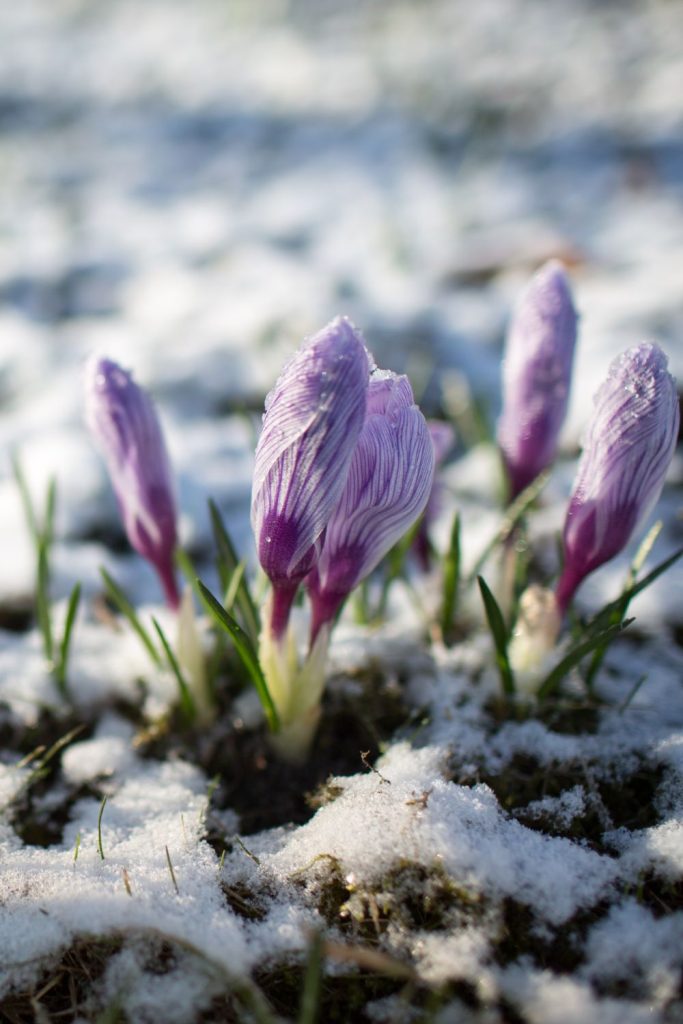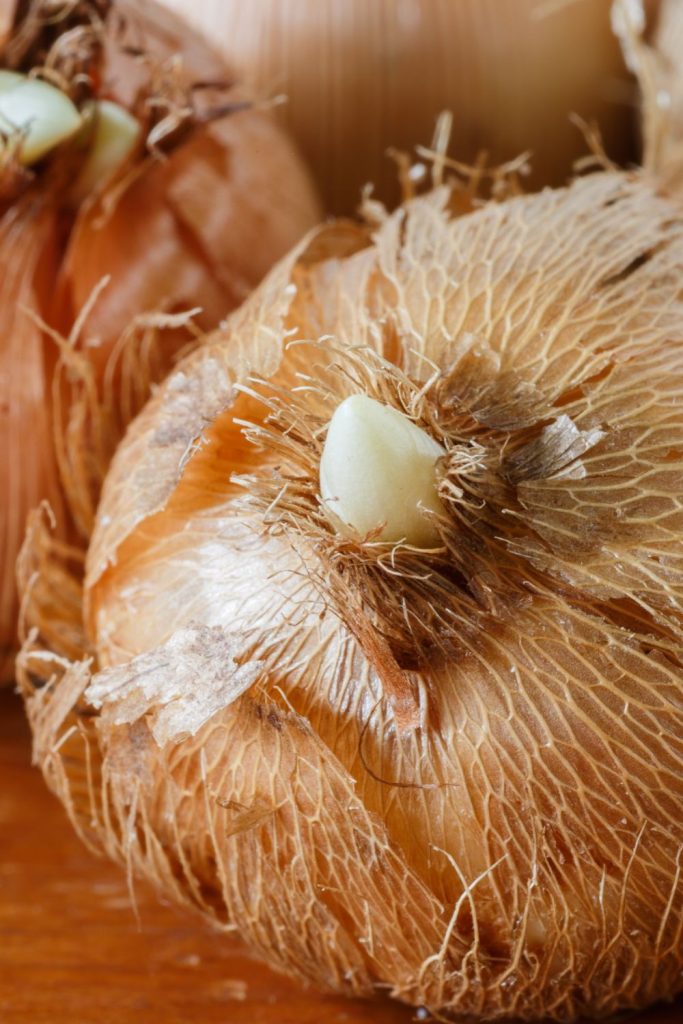Gardeners are being urged to plant Crocus bulbs now to boost bumblebees next spring. The Royal Horticultural Society has released findings from a countrywide effort aimed at discovering the plants that attract the most bumblebees during the spring season. The Bumbles on Blooms initiative, conducted from February to May this year, encouraged the public to watch for bumblebee activity on flowers in various gardens and parks throughout the UK, documenting their observations and taking photographs. This project sought to determine which plants are essential for bumblebees during this crucial period as they begin to build their colonies.

Over a thousand records from the public included at least 10 species of bumblebees and almost 350 different plants. The top three most sighted bumblebees that were identified to species were Early, Buff-tail and Common Carder.
The results indicate that of all colours, white-petalled flowers received more visits than any other from these vital pollinators. White was closely followed by purple and pink, which was reflected in the fact that the top five reported plants in the project included comfrey, crocuses, chives and heather. All five are popular with gardeners and offer reliable flowering from early to late spring.
Most popular plant for bumblebee sightings
Respondents were evenly spread across urban and rural areas although the highest number of sightings was reported in suburban locations with 40% more in these areas. It is thought that such locations on the edges of large towns and cities are important strongholds for bumblebees because of their mosaic of gardens and allotments.
At least 100 of the reported plants are not currently on the RHS Plants for Pollinators list suggesting bumblebees may rely on many more plants than previously thought, showcasing the adaptability of these pollinators in sourcing nectar and pollen during spring. Flowers showing promise include daffodil, snakeshead fritillary, camassia, Grevillea rosmarinifolia and Pittosporum tenuifolium. The findings highlight the importance of planting a diverse array of species to better support bumblebees during the critical spring months when they are establishing their colonies.
Gardeners looking to attract bumblebees can do so by planting a mix of early-flowering species. Crocuses and chives can thrive in pots or alongside vegetable beds, while comfrey and dandelions work well in wildflower gardens and informal lawns. Meanwhile heather is a low-growing colourful evergreen shrub to provide ground cover in sunny spots.

Early autumn is a perfect time to plant shrubs, perennials and spring bulbs, while the ground is moist and temperatures still mild. For best results, plant in groups in sunny, sheltered parts of the garden to create bee-friendly patches, ensuring there are blooms available throughout the season to support the bumblebees’ ongoing foraging needs.
Helen Bostock, RHS Senior Wildlife Specialist said: “Bumblebees are a vital part of our ecosystem. Faced with large-scale changes to the countryside, flowers in gardens and parks are an increasingly important source of pollen and nectar for these precious pollinators. The prolonged, wet spring this year made it especially challenging for bumblebees to establish their colonies, so this project has been very timely.
The public’s observations have highlighted the importance of a diverse range of plants in supporting bumblebee populations throughout spring. This data will help us refine our recommendations and encourage more gardeners to plant for pollinators, especially as autumn offers the perfect window for planting both spring bulbs and perennials.”
“Spring is a key time for bumblebees – it’s when queens are under maximum stress, foraging on their own as they establish their nests. It’s fantastic to see so many people sent in sightings to the survey, and the information it has provided will be a huge boost to the survival of these iconic species.” -Dr Richard Comont, Science Manager at Bumblebee Conservation Trust
The Bumbles on Blooms project has been recognised as a Bees Needs Champion, one of 45 projects awarded by Defra in recognition of their efforts in championing pollinators in 2024.
For more on the RHS Bumbles on Blooms project visit: www.rhs.org.uk/science/help-our-research/bumbles-on-blooms




